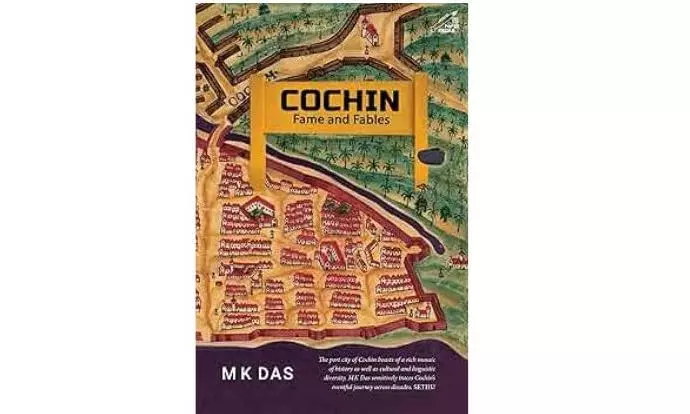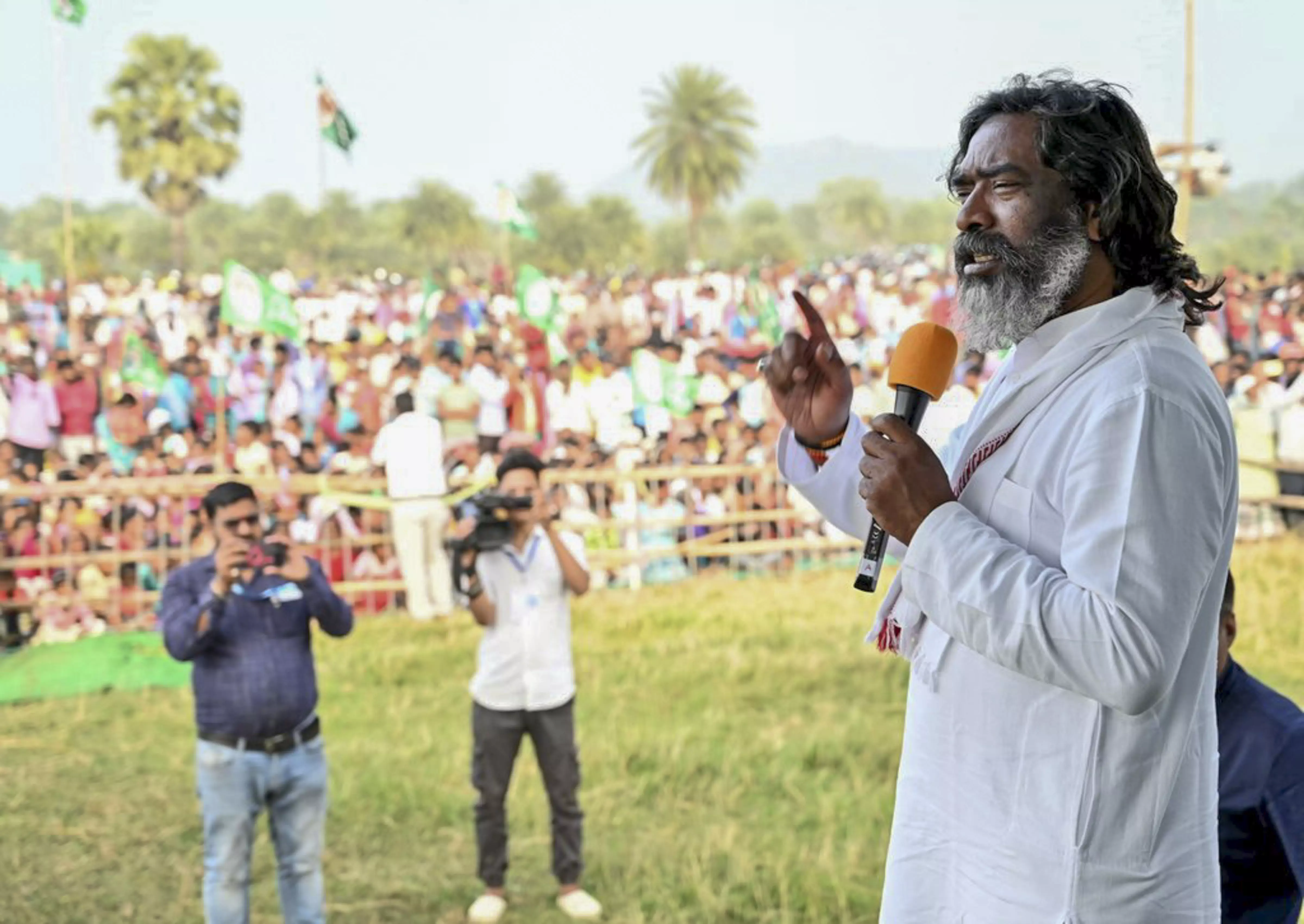Journalist M.K. Das has authored this unique volume of essays tracking the evolution of Kerala's financial capital which is also an emerging mega-city.
Now renowned internationally albeit since 2012 for its biennale, Kochi, formerly named Cochin, is a young city. Young, eventhough , the ancient book of legends, traces the lineage of the Cochin royalty to the Ayodhya Suryavamshis, stating that Parashurama crowned the grandson of Lava from Ramayana as king of Balapuri. In all probability, Kochi was under water and later came into existence only as a small harbour that became prominent after a tsunami in 1341 wiped out the principal port, Muziris.
It was, however, frequented by Arabs, Yavanas (Greek and Romans), Syrians and Jews, along with the rest of the Malabar coast. They were followed by the Portuguese, Dutch and British. Here, missing inconspicuously is citation for the event of the tsunami because it is widely believed that Muziris was actually flooded by the river Periyar when excess siltation caused it to change course after overflowing its banks.
Researchers investigating the history of Jewish settlement in Kerala say that the name Cochin derives from “Kochas”, the name given by Jews to those who mass-migrated to it from their earlier settlement at Muziris/Kodungallur in the tsunami’s aftermath. The area gifted by the Cochin Maharaja to the Jews across the backwaters to construct a synagogue came to be called Mattancherry, as “Mattan” in Hebrew meant “gift�.


















